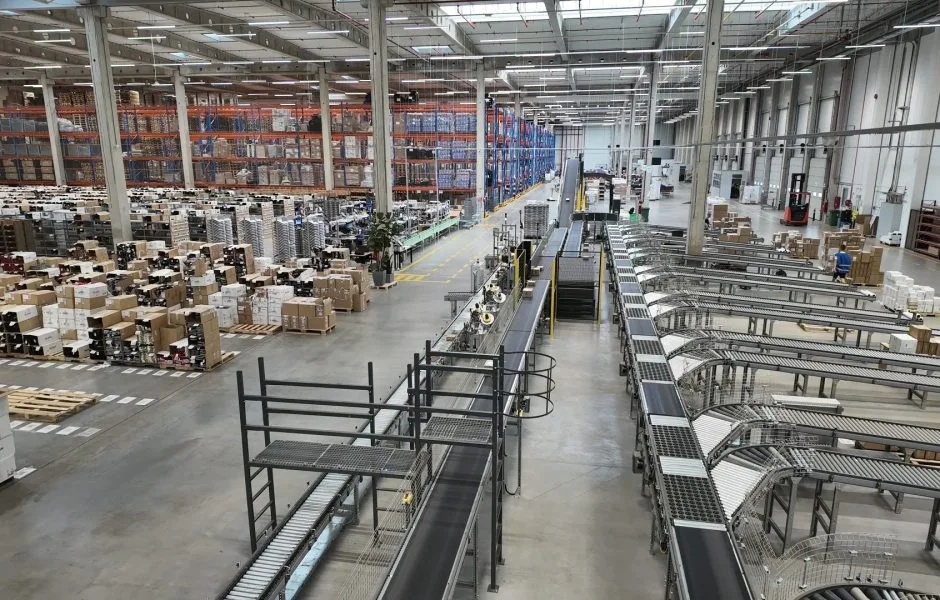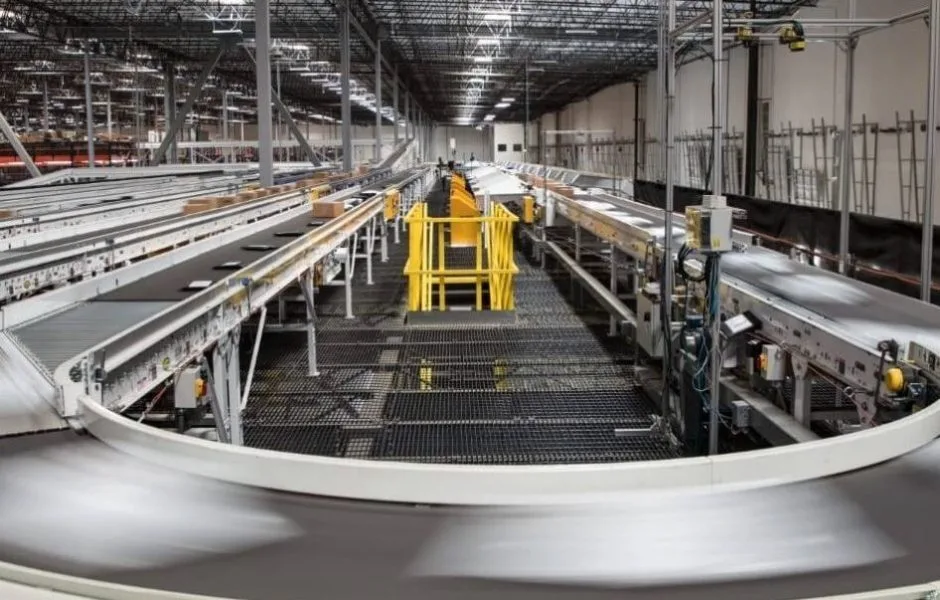7 Ways to Optimize Holiday E-commerce Fulfillment

The holiday season, also known as peak season, starts in July and runs through January for many. Some retailers have peak seasons at other times of the year. In e-commerce it’s safe to say that there are key annual holidays and shopping events that see a major surge in sales volume, and thus shipping and return demands. Customers are under pressure during the holidays, anxious that their orders will arrive by the holiday gift-giving time.
So, how can you optimize e-commerce fulfillment during peak season?
First off…
When is Peak Shipping Season?
The holiday season, also known as peak season, starts in July and runs through January for many. Some retailers have peak seasons at other times of the year. In e-commerce it’s safe to say that there are key annual holidays and shopping events that see a major surge in sales volume, and thus shipping and return demands. Customers are under pressure during the holidays, anxious that their orders will arrive by the holiday gift-giving time.
Key Peak Season Days
- Halloween
- Thanksgiving
- Black Friday
- Small Business Saturday
- Cyber Monday
- Christmas
- Boxing Day
These are the common peak times, but your business may have others especially if you have your own major sales events or promotions.

Radial Europe, Automation at the Groningen Fulfillment Site, Netherlands
Peak season fulfillment challenges
Peak season stresses every aspect of retail, from store associates to the supply chain. It certainly strains order fulfillment as order volumes are high and there are time constraints on delivery. Any disruptions in the supply chain or breakdown in the order management process will compound problems, and can set retailers back if they are not prepared. Handling excess orders typically requires increasing automation in order fulfillment or hiring more employees. Often, e-commerce retailers will outsource peak season to a third party logistics provider that has the capacity to scale. Be sure any order fulfillment partner has experience, expertise, technology, and proven reputation to support you during the holiday shopping season.
Another challenge can be inventory shortages, like we saw in the pandemic, but are now more often due to not having real-time inventory visibility and accurate data-based forecasting. Partnering with multiple suppliers helps ensure you can source high-demand inventory.
Improving last mile logistics and figuring out how to optimize delivery routes, time deliveries, and make sure that delivery service is satisfactory to the customer are always challenging during busy seasons.
Finally, reverse logistics (returns) and customer service engagements also peak after the holiday season as people return merchandize or troubleshoot issues.
Given these challenges, how can you streamline order fulfillment?
7 order fulfillment strategies for happy holiday shoppers
There are steps you can take to optimize e-commerce fulfillment that will keep customers happy:
- Remember it’s all customer experience. This factor should drive every decision, strategy, vendor and supplier selection, carrier negotiation, and order fulfillment process. Keep the customer experience front and center and make decisions that will enhance it by improving convenience, saving the customer time, clearly communicating expectations, automating notifications, meeting expectations, and providing the human touch when things go awry.
- Rely on trusted data to inform forecasting. Analyze the past holiday season, understand planned promotions, look at real-time inventory data, and understand any supply chain issues to accurately forecast customer demand. Be sure your inventory management system is accurate in real time as customers will rely on this data when making purchase decisions.
- Be clear about shipping and delivery cutoffs and realistic timelines. Customers need to be aware of carrier cutoffs for key delivery dates, and need to know realistic delivery timelines. This will heavily influence their purchase decision and may determine which fulfillment method they choose. For example, if they’re going to miss a cutoff date, they will likely choose BOPIS if it’s available so they can still get their order on time.
- Offer multiple fulfillment methods. Store fulfillment enables post shipping cutoff sales, and having multiple fulfillment methods will help ease the strain on any one fulfillment type. Shifting inventory to ship from store or BOPIS methods not only eases the burden on fulfillment centers, but spreads out inventory among stores so it’s closer to customers.
- Improve last mile delivery. Better route optimization can improve the final mile, and using stores as micro fulfillment centers cuts down on final mile costs. Be sure carriers use automated notifications and tracking to keep customers informed about their shipping and delivery status.
- Use a network of transportation carriers. It pays to have multiple shippers under contract during peak season, so that you have numerous delivery options, various delivery windows, and different delivery schedules to optimize order fulfillment. Multiple carriers can make the difference when it comes to meeting same-day delivery, next-day delivery, and last-minute orders.
- Partner with an eCommerce fulfillment expert. When your e-commerce business is most stressed, choosing to partner with an e-commerce fulfillment services provider can be a major support! Companies like Radial have the distribution centers, years of order fulfillment and delivery experience, modern logistics operations, and the technology to easily scale order fulfillment during your busiest times.
Peak periods are stressful and yet the most profitable times of the year for e-commerce. By optimizing your order fulfillment, you can breathe a bit easier knowing customers will have a positive experience and you have the support you need during the holiday rush.
Contact Us (EUR)
By submitting this form, you agree to our friendly privacy policy.


